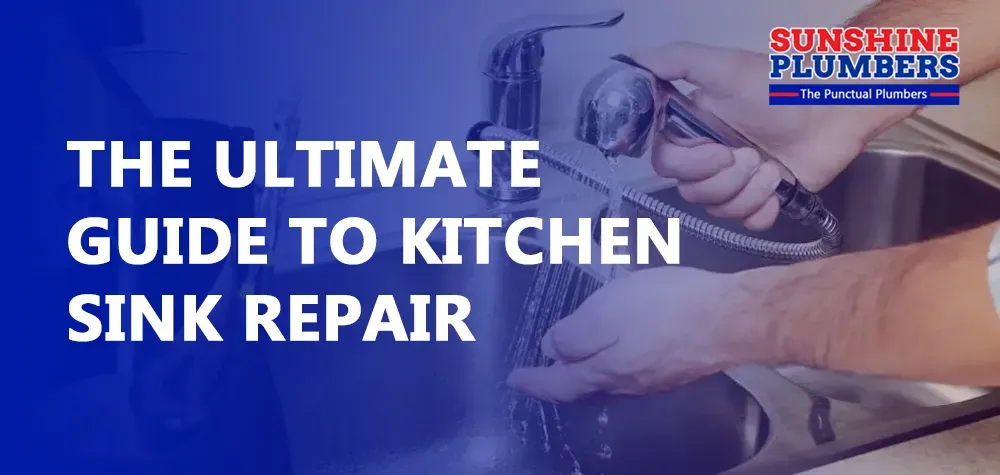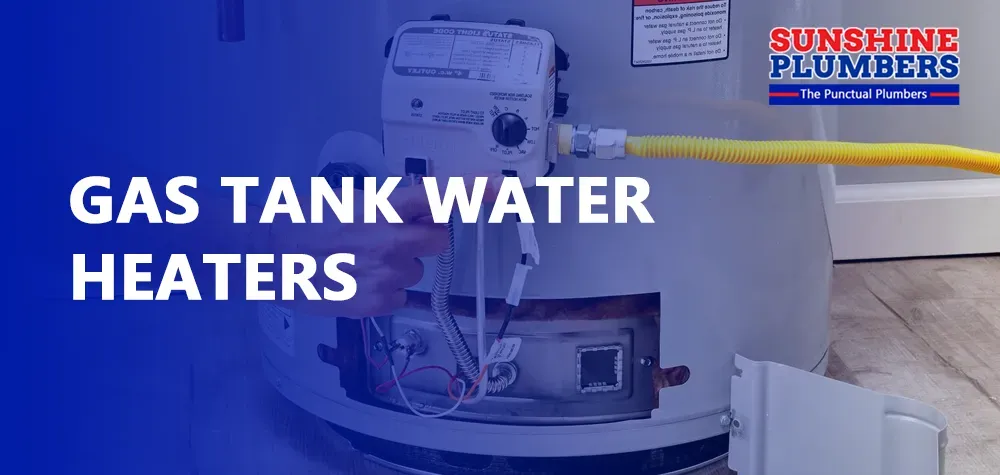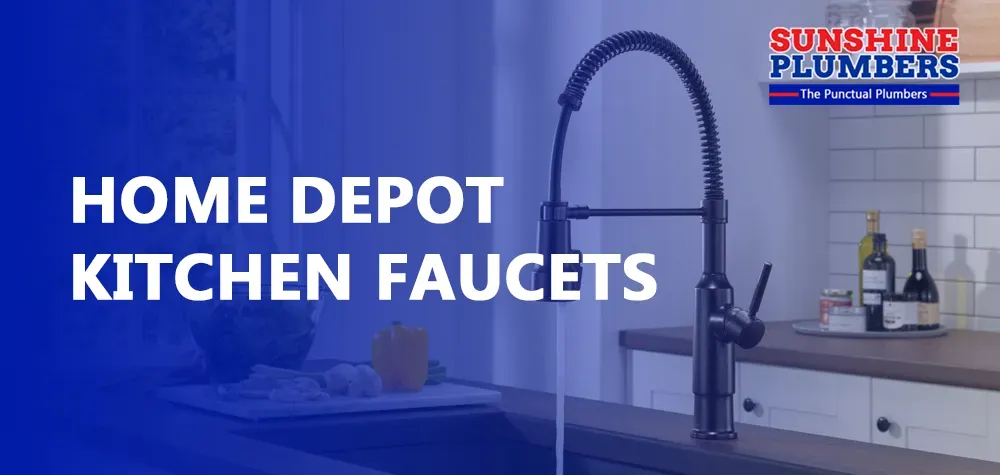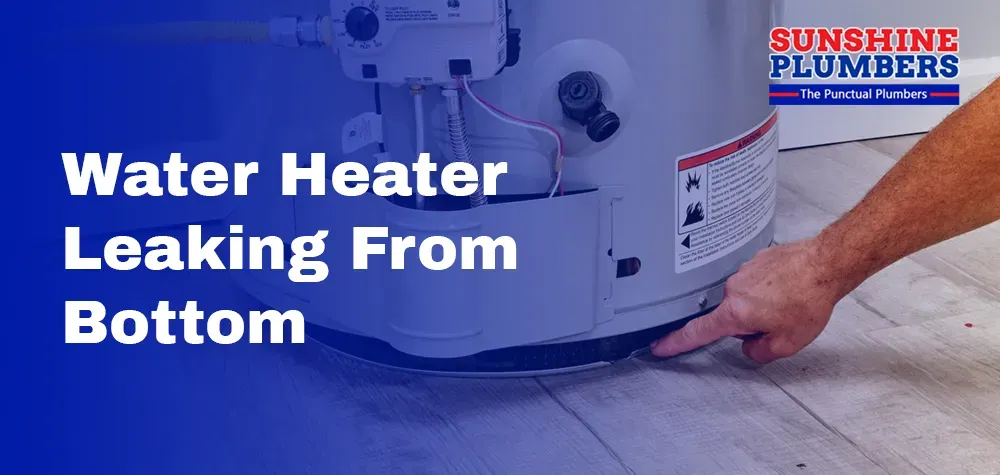Water Heater Leaking From Bottom
A water heater leaking from the bottom can be a cause for concern for any homeowner. At Sunshine Plumbers, we understand the urgency of addressing such issues promptly to prevent further damage and ensure your water heater functions efficiently. In this comprehensive guide, we'll explore the common causes of a water heater leaking from the bottom and provide step-by-step solutions to fix the problem.
Common Causes of Water Heater Leaking from Bottom
1. Drain Valve Issues
The drain valve is located near the bottom of the water heater and is used to empty the tank during maintenance or replacement. Over time, the valve can become loose or damaged, leading to leaks.
Solution: Tighten the drain valve using a wrench. If the leak persists, you may need to replace the valve. Ensure the water heater is turned off and the tank is drained before replacing the valve.
2. Sediment Buildup
Sediment buildup is a common issue in areas with hard water. Over time, minerals settle at the bottom of the tank, causing corrosion and eventually leading to leaks.
Solution: Regularly flush your water heater to remove sediment buildup. Turn off the water heater, attach a hose to the drain valve, and let the water run until it’s clear. Consider installing a water softener to reduce sediment formation.
3. Corroded Tank
A corroded tank is a serious issue that often leads to leaks. Corrosion can eat through the tank, causing water to leak from the bottom.
Solution: Unfortunately, a corroded tank usually means it's time for a replacement. Inspect the anode rod regularly, as this component helps prevent corrosion. Replacing the anode rod every few years can extend the lifespan of your water heater.
4. Faulty Temperature and Pressure Relief (T&P) Valve
The T&P valve is a safety device that releases pressure if the tank becomes too hot or the pressure inside becomes too high. If this valve is faulty or incorrectly installed, it can leak.
Solution: Check if the T&P valve is properly installed and functioning. If it’s faulty, replace it with a new one. Ensure the water heater is turned off and depressurize the tank before performing any work on the T&P valve.
5. Cracked or Loose Pipes
Pipes connected to the water heater can become loose or cracked over time, causing leaks at the bottom of the tank.
Solution: Inspect the pipes and connections for any visible damage. Tighten any loose connections and replace any damaged pipes. Ensure all fittings are secure to prevent future leaks.
Step-by-Step Guide to Fix a Water Heater Leaking from Bottom
Step 1: Turn Off the Power
For electric water heaters, turn off the power at the circuit breaker. For gas water heaters, set the thermostat to the “pilot” position. This step is crucial for your safety during the repair process.
Step 2: Turn Off the Water Supply
Locate the cold water inlet valve at the top of the water heater and turn it off to stop the water flow into the tank.
Step 3: Drain the Tank
Attach a garden hose to the drain valve at the bottom of the tank and direct the other end to a suitable drainage area. Open the drain valve and let the water flow out until the tank is empty.
Step 4: Identify the Leak Source
Examine the bottom of the tank and the surrounding components to determine the exact source of the leak. This will guide you in deciding the appropriate repair method.
Step 5: Perform the Necessary Repairs
Based on the identified cause, perform the required repairs. This could involve tightening or replacing the drain valve, flushing the tank, replacing the T&P valve, or addressing pipe issues.
Step 6: Refill and Restore Power
Once repairs are complete, close the drain valve, remove the hose, and turn on the cold water inlet valve to refill the tank. Open a hot water faucet to allow air to escape from the system. After the tank is full, restore power to the water heater.
Preventive Measures to Avoid Future Leaks
- Regular Maintenance: Schedule annual maintenance to inspect and flush the tank, check the anode rod, and ensure all components are in good condition.
- Install a Water Softener: In areas with hard water, a water softener can reduce sediment buildup and extend the life of your water heater.
- Monitor Water Pressure: High water pressure can stress the water heater and its components, leading to leaks. Install a pressure reducing valve if necessary to keep pressure levels within a safe range.
At Sunshine Plumbers, we are dedicated to providing top-notch plumbing services and expert advice to keep your home’s plumbing system in optimal condition. If you're dealing with a water heater leaking from the bottom or any other plumbing issues, contact us today for professional assistance. Visit our website to learn more about our services and schedule an appointment with our experienced team.
By following this guide and performing regular maintenance, you can prevent leaks and ensure your water heater operates efficiently for years to come.




